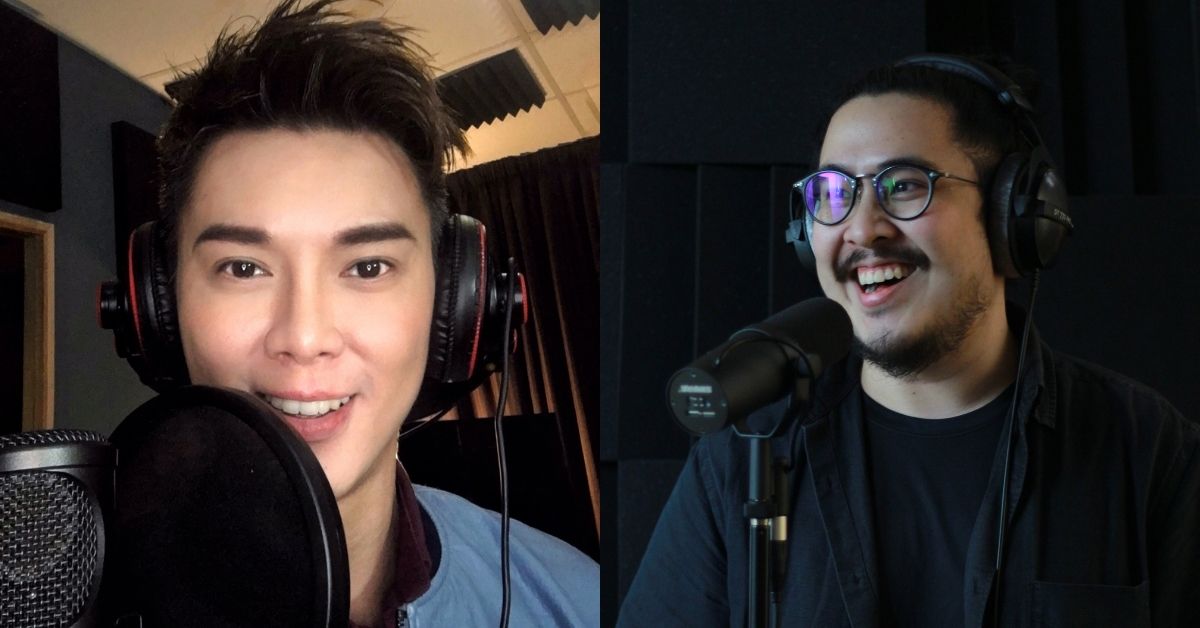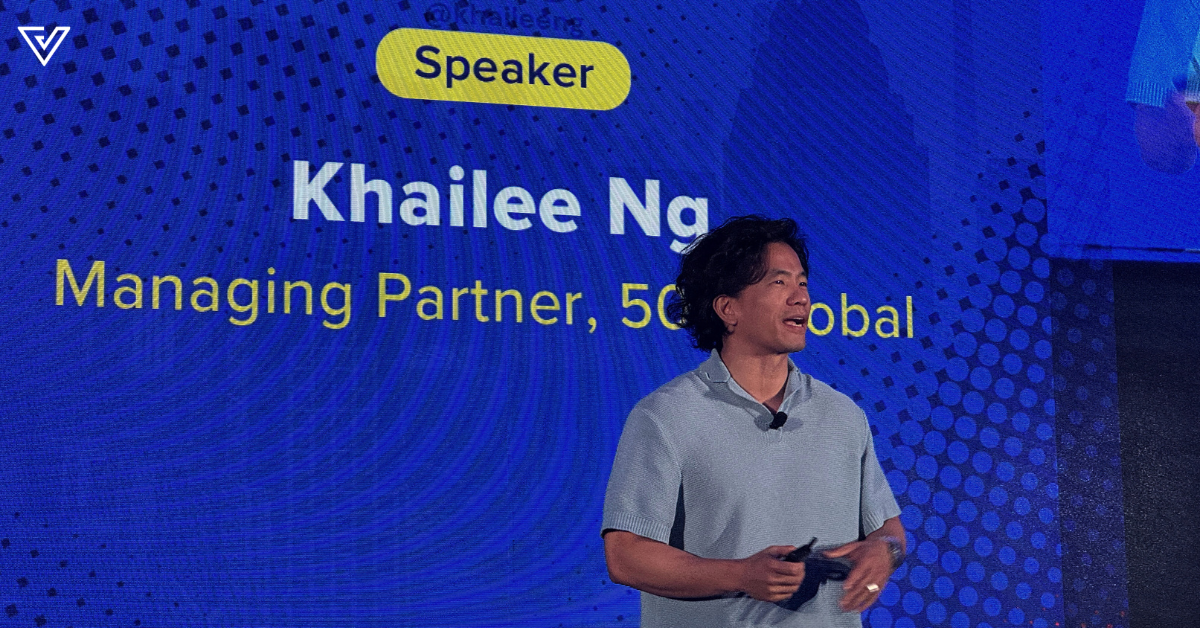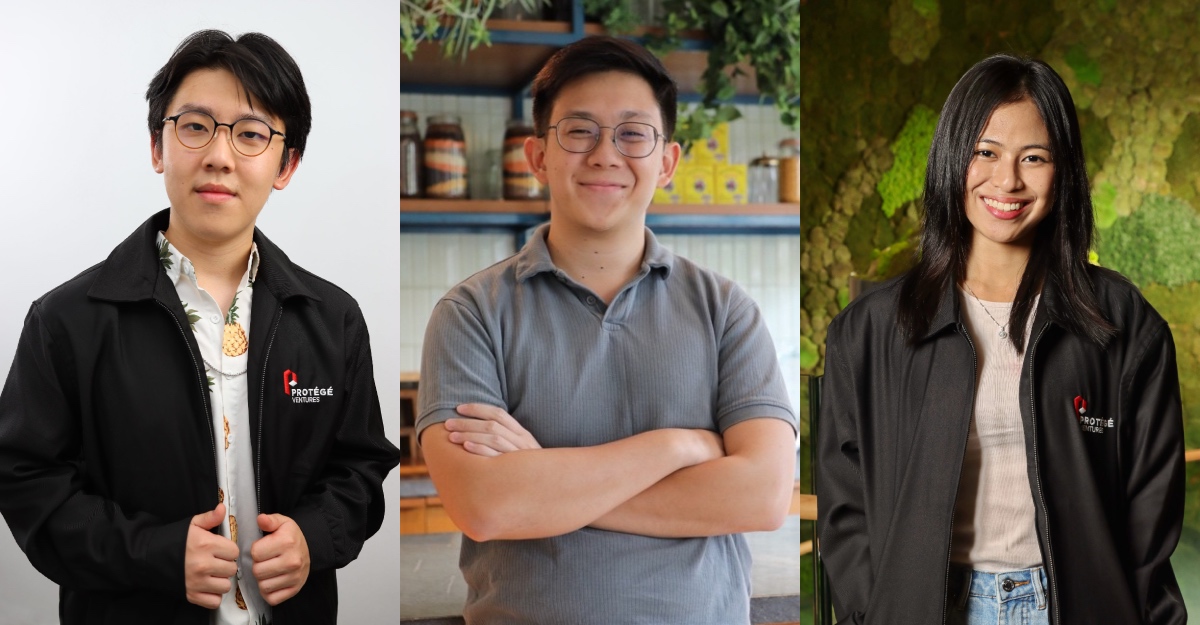In the entertainment industry, some of the most visible performers tend to be actors and actresses. Of course, since they’re always in front of the cameras.
But there are others who perform to bring characters to life as well, yet their roles usually go unnoticed or even underappreciated. They are those in the voiceover (VO) industry.
Thus, we spoke to 4 VO talents to learn more about what really goes on behind the scenes, how the industry is doing, and how one even gets in, in the first place.
They are:
- Songfan Seah, a professional VO artist since 2001,
- Azman Zulkiply, whose VO career dates back to as early as 2011,
- Su Ling Chan, who’s voiced characters like Mayday from the game No Straight Roads by Metronomik, and Ying from BoBoiBoy, amongst other characters in loved media,
- Anand Rajaram, who’s worked on jobs with KFC, Honda, Cadbury, Astro, and more, with 16 years of experience as a radio announcer.
1. There is no known, official qualification to do VO professionally
And you don’t naturally need to have an interesting voice to do well in VO, as there isn’t a particular qualification for that either. What you will need though is a good command of language.
While this seems like an easy feat, Su Ling thinks that Malaysians in particular would be at a disadvantage because we tend to mumble a lot when we speak English.
We’re also comfortable with speaking “Manglish”, so those interested in becoming a VO artist would have their work cut out for them in re-learning proper pronunciation and enunciation.
Of course, upskilling is a thing as well, so there are voice workshops from performance institutions like Enfiniti Academy where one learns how to be expressive with the way you speak, and how to fully act as the character assigned to you, the way the director envisions it.
2. It’s more than just dubbing cartoons or shows
For the most part, VO artists are usually more involved in commercials, corporate videos, radio and TV advertisements, narration, etc. Some other projects they get are educational materials, audiobooks, character voices for games, interactive voice response (IVR), and even news-related VO.
Some real-life examples include someone announcing when the next station is in a train, reminders to be careful on an escalator, confirming you got an answer correct in a quiz, and even a voice bringing you on a digital tour in a museum or a theme park.

3. Doing VO for international clients isn’t as simple as hitting “record”
It’s hard to secure a role internationally because of how competitive the VO landscape is. Some artists do get lucky though thanks to their ability to speak in different languages.
But one of the reasons why it’s harder to land a gig overseas is because one would need a “broadcast quality” home studio. To qualify, your studio would need equipment like soundproof windows, a booth with Rockwool panels, acoustic sound blankets, studio-grade equipment such as a high-grade XLR mic, an interface, and a pre-amp.
Prior to setting up a studio of this quality, Su Ling had 0 overseas bookings. The studio was a game-changer for her, and now she’s managed to secure roles in international video games, audio dramas, and also narration.
4. VO artists don’t usually audition for a role
In Malaysia, they’re commonly chosen based on previous samples and will only be called in if a client wants to hire them. Hence most of the time, VO artists won’t really know if they’re even being considered for a job here. There are times when they are required to do an audition, but that’s quite rare.
Overseas though, such as in LA, this is quite the opposite. But the booking to audition rate is extremely low anyway—somewhere between 5% to 9%, even for a well-known artist like Roger Craig Smith who’s best known as the voice behind Sonic the Hedgehog.
5. The job can be physically demanding too
If you’re a VO artist voicing a character like the main villain in an animation, you’d need to stay in character for at least 2 hours, which can be physically taxing.
Moreover, if you’re dealing with difficult clients, you may be challenged with delivering the same 67 lines all over and over again but none of them will be deemed even satisfactory in their eyes, and that can be a stressful process.
Should a VO artist ever want to make this a full-time career, Azman thinks that, at the very least, one should be easy to direct, can deliver fast, and doesn’t fumble a lot because that would waste a lot of time.

6. There can be a lack of creative control
Even though you might have an idea of how you want to deliver a role, it might not align with what the client has in mind. So even at times where you think the way you’re supposed to deliver your line will sound bad or weird, you’ll still need to go through with what they have planned.
Songfan added that in some cases where there is a bilingual recording, VO artists might have to copy the nuances and expressions of another language which can seem really unnatural.
For instance, the VO artist who’s recording in another language would have to follow the nuances and expressions of the English VO, which can make the VO sound really awkward and even “alien” in the other language.
7. Malaysia has a voice actors association
It’s called Voice Guild Malaysia (VGM), and its role is to ensure the welfare of VO artists, which include payment issues, rate issues, etc.
Songfan is actually the current president of VGM and Azman is the current deputy president of the VGM. Su Ling and Anand are members of VGM, which consists of around 160 members from different language and age groups.
“Each VO artist works as an individual, a freelance performer. This means that when a client isn’t paying, it’s one person VS an institution/corporate company, which is an imbalance of power,” Songfan explained the importance of VGM.
“VGM’s existence allows all freelance VO artists to have more power as a collective, enabling us to demand for on-time payment, besides preventing exploitation or bullying.”
And speaking of payment…
8. You could earn well as a VO artist
Songfan established that even if a VO artist is recognised for their talent, it still doesn’t guarantee a constant flow of jobs. That being said though, if you’re good with clients and the production team loves working with you and keeps calling you back, there’s a good chance that you could earn well from this career.
Since its establishment about 20 years ago, VGM has suggested minimum rates for the industry which have been referred to as the industry standard. Here are what the basic rates look like for a VO artist’s work:
| Commercials | 0-15 seconds | RM300 |
| Corporate videos & documentaries | 0-5 minutes | RM700 |
| Infomercials | 0-3 minutes | RM700 |
| Voice prompts, training modules, audiobook | 1st page | RM400 |
| Demo, research, & stealomatics | Under 1 minute | RM300 |
| Narration (television) | 24-minute episode | RM1,000 |
| In-store announcements | 0-30 seconds | RM300 flat rate |
At the same time, VGM has also been instrumental in protecting voice talents (whether they’re members or not) from not being paid or underpaid. Some of the industry working terms outlined to protect VO artists include payment for the talents’ work within 90 days (including holidays and weekends), rejections that are only valid within 30 days from the date of recording, etc.
9. The gaming industry is where more opportunities lie
We’ve already got a lot of Malaysian animation, all of which usually require VO artists. However, locally made games and the quality of them are also on the rise, and as this industry grows, so too does the market for VO artists.
At the same time, virtual reality (VR) and augmented reality (AR) content are increasing too, presenting artists with even more job opportunities.
10. Like in any other industry, you need to stay relevant
Staying relevant in the VO industry means keeping up-to-date with the change in nuances in voice acting, the latest games and animations, as well as international advertisements. These are just some ways one can continue to grow in the industry.
Another important thing is also, as Azman aptly put, that one should “give a damn about how the younger generation talks”, because this can definitely help a VO artist a lot in landing new roles.
11. AI voice generators might challenge the industry
VO artists are not exempt from robots potentially taking over their jobs, and in this case, they are AI voice generators. This would be a challenge if a VO artist’s voice shares a resemblance to these AI voices, but a way to go about that is to continuously work on making your voice more distinct and deliver it creatively.
In other words, your work needs to have its own personal touch that isn’t replicable at all by other VO artists or AI voice generators.
Featured Image Credit: Songfan Seah and Azman Zulkiply, president and deputy president of the Voice Guild Malaysia









